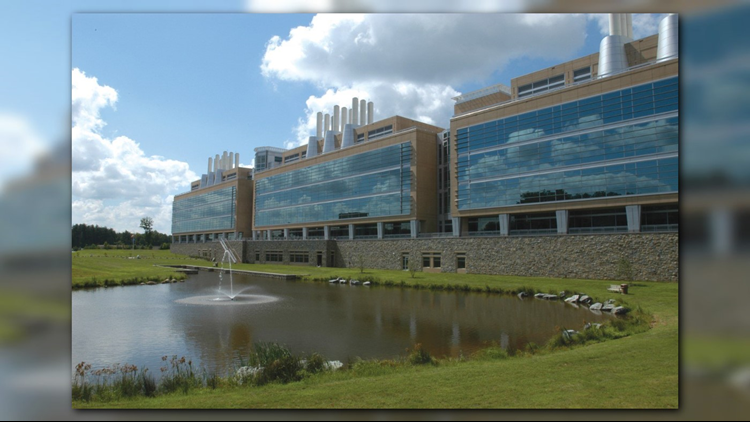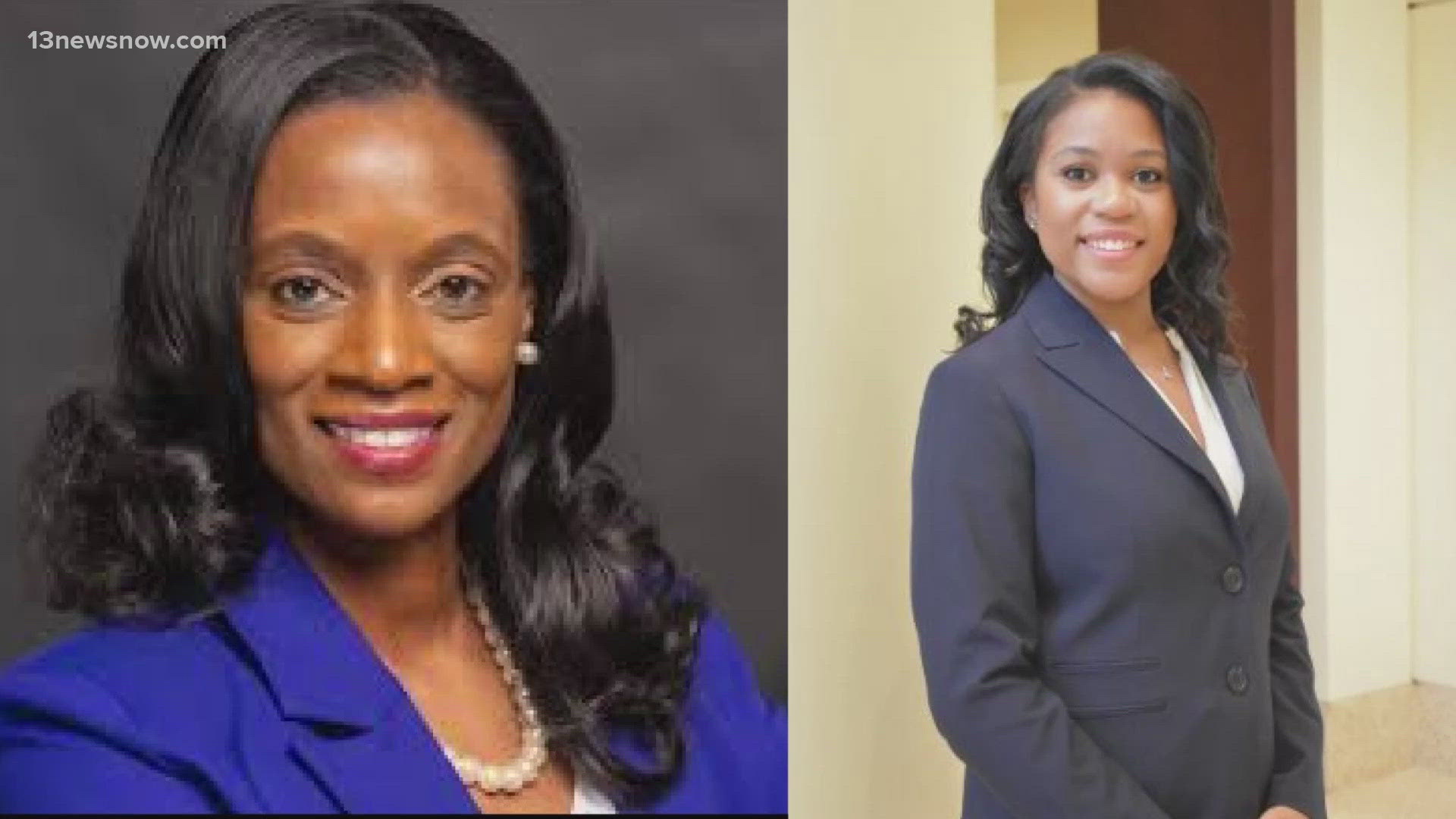QUANTICO, Va. (WUSA) — This past week’s coast-to-coast bomb scare may now be over. But, just how did law enforcement catch the suspect at the center of the case?
Experts are crediting the FBI Lab, in Quantico, Virginia, with playing an important role in the arrest of the suspected bomber, Caesar Sayoc, 56, of Florida.
“Based on their initial analysis, they uncovered a latent fingerprint from one of the envelopes containing an IED that was sent to Congresswoman Maxine Waters,” said FBI Director Christopher Wray.
Wray told a room full of reporters Friday afternoon that the FBI Lab started its analysis of the device Thursday. He said the FBI was then able to collect important evidence regarding the potential sender of the bombs within the next 24 to 36 hours.
Wray also said investigators discovered a possible DNA connection between samples collected from pieces of two different IED and a sample previously connected to Sayco from an earlier arrest in Florida.
“We see unbelievable work like this on TV and in Hollywood, but to see it up close, in reality, is something to behold,” he said.
Ron Hosko, the former assistant director of the FBI, said he was not surprised the FBI Lab was able to lead authorities to Sayoc.
"That lab, in my estimation, is the most special lab in the world,” he said.
The FBI Lab has existed, in one location or another, since 1932.
Hosko said its agents have many specialties. He said they conduct firearms testing, analyze hairs and fibers and even compare documents.
"In this [Sayoc] case, if you look at all that has been submitted, they will compare the ends of tape used to wrap around suspected devices,” Hosko said. “They will lift fingerprints. We heard that's part of the underlying probable cause here. They're scouring for DNA, microscopic cells that we can't see with the naked eye."
Hosko said part of the reason the FBI Lab worked so quickly to determine the suspect in the case was because of its high priority. The thirteen bombs that authorities accuse Sayoc of sending to politicians and journalists put many people in harm’s way while also using a lot of law enforcement resources.
"The reality is, not every case that the FBI takes in, reaches the priority of this case,” he said.
But, Hosko added the work in the case could not have been accomplished without all the FBI’s partners. He said the FBI Lab depends on local authorities to submit fingerprints from criminals into databases it can access.
Hosko said that information helps increase the speed of investigations.
"Basic law enforcement work at the FBI Lab doesn't do [investigators] a lot of good if there's no fingerprints on file to compare a potential suspect to,” he said.



